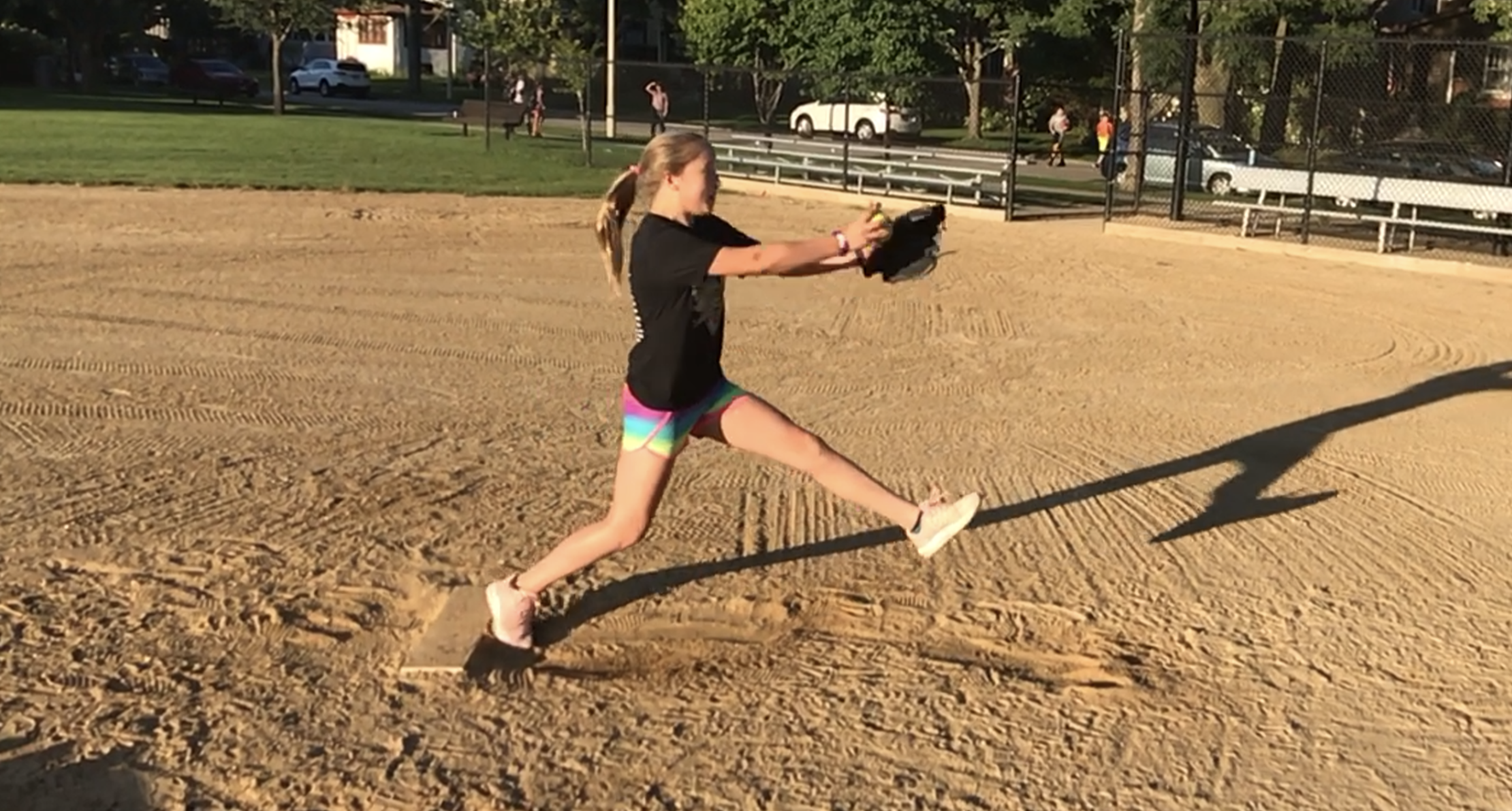Pitch With Your Left Hand: An Introduction to Mental Toughness
/I explain quickly, "Not exactly. I suggest you tell the coach that you know you can get the next girl out so give me another chance!" Although I understand Emma's logic, that players think they are helping the team by removing their poor-performing selves from the game, I explain several different concepts. You only fail when you give up. You always have to believe that the next pitch is going to be a great one. A good attitude regardless of the circumstance raises performance. And finally, it’s your coach's decision on who should be put in or taken out, not yours - even if she asks.
Read More













![Drills & Tools For Success [Video]](https://images.squarespace-cdn.com/content/v1/56a0f458b204d5ee03895a17/1624042258572-AKZDNQ89CHS7KZ3GVOOF/thinkplay.jpg)







